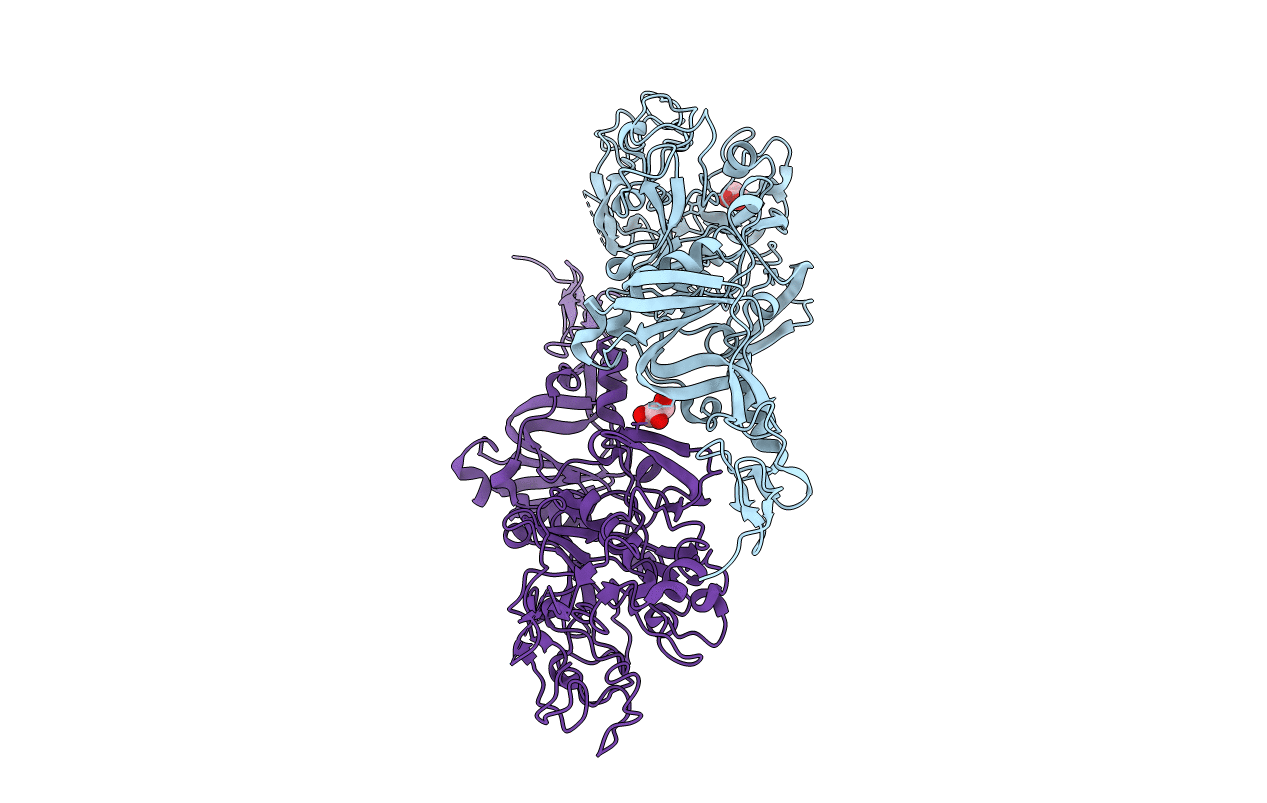
Deposition Date
2015-04-08
Release Date
2015-12-30
Last Version Date
2024-11-20
Entry Detail
PDB ID:
4Z81
Keywords:
Title:
Crystal structure of AMA4 DI-DII-EGF1 from Toxoplasma gondii
Biological Source:
Source Organism:
Toxoplasma gondii (Taxon ID: 5811)
Host Organism:
Method Details:
Experimental Method:
Resolution:
2.05 Å
R-Value Free:
0.20
R-Value Work:
0.17
R-Value Observed:
0.17
Space Group:
P 1 21 1


